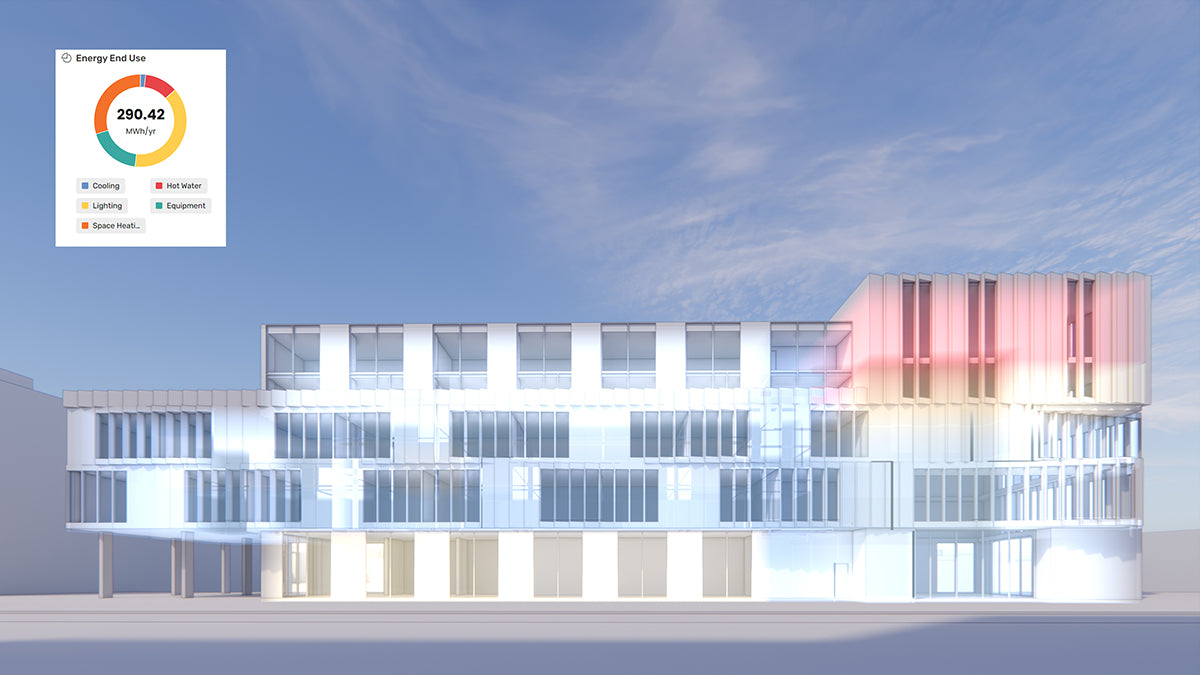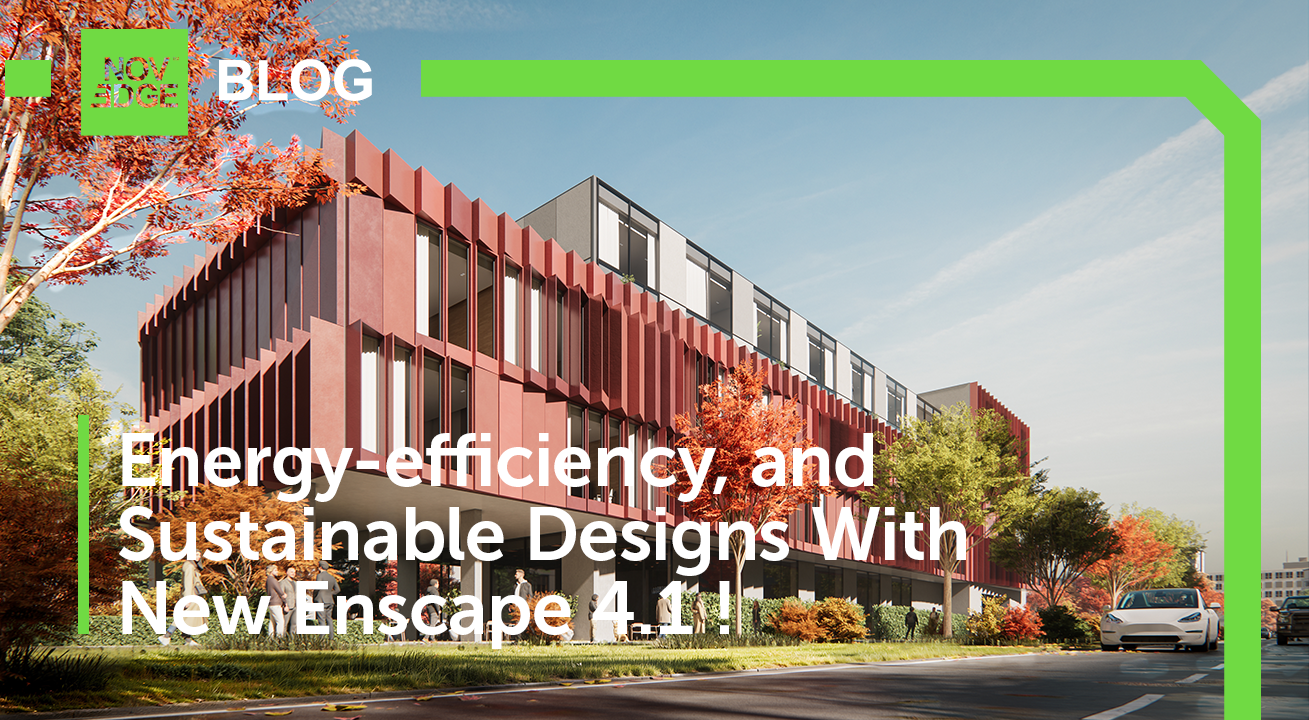Your Cart is Empty
Customer Testimonials
-
"Great customer service. The folks at Novedge were super helpful in navigating a somewhat complicated order including software upgrades and serial numbers in various stages of inactivity. They were friendly and helpful throughout the process.."
Ruben Ruckmark
"Quick & very helpful. We have been using Novedge for years and are very happy with their quick service when we need to make a purchase and excellent support resolving any issues."
Will Woodson
"Scott is the best. He reminds me about subscriptions dates, guides me in the correct direction for updates. He always responds promptly to me. He is literally the reason I continue to work with Novedge and will do so in the future."
Edward Mchugh
"Calvin Lok is “the man”. After my purchase of Sketchup 2021, he called me and provided step-by-step instructions to ease me through difficulties I was having with the setup of my new software."
Mike Borzage
Interview with Andrea Carignano, seac02 CEO
November 29, 2009 5 min read

Italy is a country famous for several reasons. Among them: artistic and historical monuments, great food, fashion, music, and sport cars. Software and technology are seldom added to the list. So when you happen to meet the CEO of a successful Italian software company, the first reaction is always some sort of surprise: "Software?" If the CEO in front of your is Andrea Carignano, and the company is seac02, the initial surprise quickly disappears replaced by excitement for the type of products seac02 is creating and for the passion and competence Andrea brings to the company. seac02 is radically changing the way we think about rendering. No more static pictures, instead seac02 provides fast (real-time), interactive rendering, and augmented reality. Designers do not have to simulate an environment around their products, they can simply place their products in a real world scene. All they need is a webcam, a laptop, a LinceoVR license, and a 3D (virtual) model of their new object. Here Andrea shares with us what he is doing and how it will affect the way we work.
Andrea can you tell us a bit about yourself and your company?
As you know I am from Italy, the country of design. I have a PhD in Aerospace Engineering, and I spent the first years of my career in an international industrial design company. That company at that time, it was late 90’s, was one of the first to use virtual reality hardware and software, and I was in charge of R&D. In 2003 I left the company and founded seac02, with the goal of creating new tools for design, marketing and sales, to be used by mass markets, in one word [I aimed for] Virtual and augmented reality for anyone, easy to use, perfect quality, low prices.
Seac02 is a private company located in Italy, we started some years ago with a seed investing, and now, actually we have about 50 resellers and VAR in the world and several hundreds of users of our software.
Real Time rendering is a new technology that is becoming very popular. What are the limitations and benefits compared to more traditional rendering technologies?
Yes it is true, real-time rendering is becoming very popular. I see several benefits, but for sure 2 of them are really important: one is time, the second is focus. To use real-time render technology anyone can create images of 3D models at the quality needed for most of the uses, and to have good quality real-time render is commonly easier than with unbiased renderer. Real-time renderers usually are the companion of raytracers, not competitors.
The second benefit is focus. The designer or marketing manager keeps his focus on the product, seeing real-time modification on materials, different viewpoints, anything takes no time, and anything can be modified with few clicks. The limitations are slightly lower rendering quality, and less option for hi-professional users.
With Real Time raytracing seac02 is pushing the limits even further. How is this going to affect the end-users?
Right now it's a must to have real-time raytracing. My personal opinion is that only some markets can take advantage of complex raytracing systems. In fact, raytracing is really helpful for gems, glasses, or any material with reflection and refractions, where most of design objects uses others materials and the differences between render or raytracing is almost imperceptible.As we need to satisfy our customers in jewelry markets, we addeda good real-time raytracing feature, GPU based, quite fast and really accurate.
Can you describe the typical LinceoVR user? Is he or she be working in the design or in the marketing department?
We have both designers and marketing managers, the needs that join them together are collaboration and product placement, which are the real distinctive features of LinceoVR. Starting from the assumption that there are a lot of good real-time renderers and LinceoVR is one of them, our users usually were searching for a solution that allowed them to see the product in the real environment very fast, and eventually to be able to modify his aspect in real-time. LinceoVR has real-time camera matching to place virtual objects in the real world; and to please users who were looking for a designer driven collaborative tool, LinceoVR has its own free viewer to allow anyone to share models with anyone else as simple as creating a PDF file. Our typical marketing manager user sends new product prototype to international traders. It is a completely different user experience to receiveinteractive 3D model that can be placed in the real word using a simple webcam instead of the usual set of plain images.
The tracking technology that comes with your products is very impressive. Can you help our readers to understand what it is and why it's important?
The tracking technology allows the user to place the virtual prototype in the real world. What is needed is a camera/webcam, a tracker (one image printed on the paper) defined by the designer, and the 3D model. When the camera shoots the real world and detects the tracker, the user sees the virtual object in the right size and perspective. The user can freely move the camera or the tracker, and the object will be moved consequently.
Augmented reality is a new way to think design. We help designers create objects and define them while they are in the real world. The designer has every single second the feelings of how the real object will look in the physical world. Any modification to materials is allowed.
LinceoVR has a special edition that addresses Rhino users. How does this version work with Rhino and what does it bring to the crowded ecosystem of the Rhino plug-ins?
LinceoVR for Rhino is the entry level version of LinceoVR. It's a full featured version of LinceoVR, with very few limitations to output resolution. It is a standalone software,not a plugin, andwe also provide a free toolbar to export models from Rhino to LinceoVR with a single click. LinceoVR opens directly .3dm files and is updated to the latest release of Rhino.
seac02 is lowering the threshold between 3D models and the web. Are we going to see and use more 3D on our browsers or simply more and better pictures?
Yes, we are going to release very soon a new web platform, it will be called Eligo web. The platform is based on a exporter for the web (optional) in LinceoVR, and a free plugin for all the browsers in the market. The new web viewer has all the rendering features of LinceoVR, and allows one to redesign the e-commerce experience, we call it e2-commerce (experiential e-commerce). It is the first plugin in the market that does Augmented reality and virtual reality real-time in a browser.
Users can configure the product, interact with it and then experience it in the world. For example a lamp on your desk that can be moved real-time and modified in terms of materials, and colors, based on the commercial option available. Export is easy as saving a 3D PDF, and publish online the same.
I would like to thank Andrea for taking the time to answer my questions. If you have any questions for Andrea or for Novedge, please leave a comment below and we will be glad to answer.
Franco Folini
LinceoVR and Augmented Reality seac02 products are available from Novedge
Also in NOVEDGE Blog

How the AEC Industry Shifted Towards Essential Sustainable Building Design
August 15, 2024 4 min read
Read More
Unlocking New Realms of Design with Enscape 4.1: Introducing Impact Add-on and Lot More
August 02, 2024 2 min read
Read More
Explore Autodesk Revit 2025.2: New Features and Enhancements for Enhanced BIM Workflows
July 30, 2024 3 min read
Read MoreSubscribe
Sign up to get the latest on sales, new releases and more …


